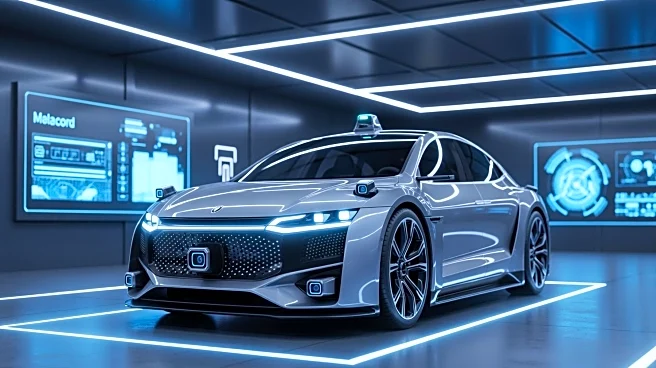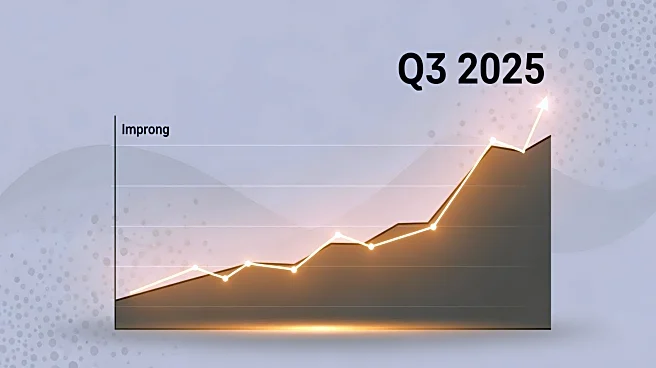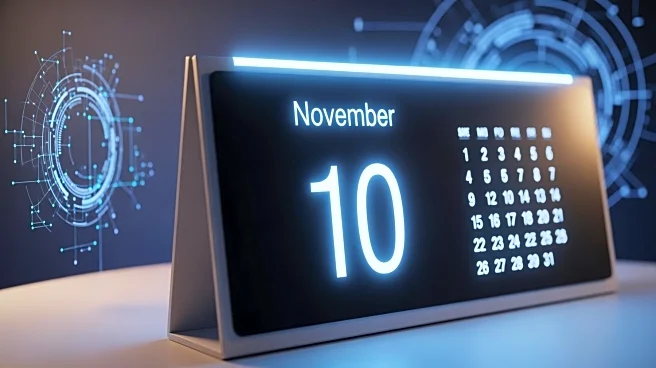What's Happening?
The auto insurance market in the U.S. is experiencing stabilization after years of rate increases, with a compound annual growth rate of 1.48% projected between 2025 and 2029. The national average cost
for full coverage reached $2,638 in 2025, a 12% increase from 2024. Factors such as credit score decreases, speeding tickets, accidents, and DUI convictions significantly impact individual insurance costs. Advanced vehicle technology, including driver-assistance systems, is expected to influence future insurance rates due to higher repair costs. Economic pressures, climate change, and supply chain issues are also key factors driving premium changes.
Why It's Important?
The stabilization of auto insurance rates provides temporary relief for consumers, but the introduction of advanced vehicle technology presents new challenges. As technology in vehicles becomes more prevalent, repair costs may rise, leading to higher insurance premiums. Economic conditions, including tariffs and climate change, could further impact insurance rates. Consumers need to be aware of these factors when managing their insurance policies and budgeting for future costs. The insurance industry's focus on customer satisfaction and profitability may influence policy offerings and consumer choices.
What's Next?
Drivers should consider strategies to manage insurance costs, such as increasing deductibles or dropping certain coverages. The industry may continue to evolve with technological advancements, potentially leading to new insurance products and pricing models. Regulatory considerations around AI in vehicles may also impact insurance policies. Consumers are encouraged to shop around for the best rates and explore discount opportunities to mitigate rising costs.











